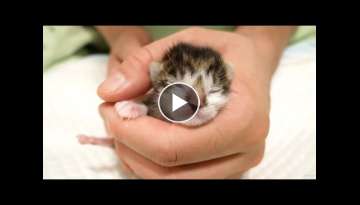A Quarter Of All Known Bee Species Haven’t Been Seen Since The 1990s
The number of known bee species across the world has declined by 25% since the 1990s, a new study shows.
Researchers at the National University of Comahue in Argentina found that between 2006 and 2015, a quarter fewer species were recorded in comparison to records from before 1990.
They based their findings on records from the Global Biodiversity Information Facility, a public platform where both researchers and members of the public can record sightings of bee species.
 Pixabay
Pixabay
Eduardo Zattara and Marcelo Aizen, who carried out the study, noted that the lack of diversity in species is particularly alarming given that the number of bee records in the database has actually increased by 55% since 2000.
Researchers said this does not necessarily mean that previously recorded bee species are extinct, but are now much rarer as they are being seen less by people who regularly report bee sightings.
They found that records of the rare Melittidae family, which consists of around 200 species, have fallen by more than 40% since 1990, while observations of the more common Halictidae family fell by 17%.
Zattara told The Scientist that the global bee decline is a subset of the wider insect decline. Earlier this month, a collection of papers published in the Proceedings of the National Academy of Sciences (PNAS) journal revealed that the world has entered its sixth mass extinction, and that insect populations are falling by 1-2% a year.

As noted in the papers, Zattara agreed that the main drivers behind the insect and therefore bee decline are the destruction of natural habitats, heavy use of pesticides, climate change and light pollution.
‘Bees are the main group of insect pollinators, so they have this added interest in that we know they’re really important both for wild plants and for crops. We’re learning how much a lot of crop yield depends on bees and not only honey bees, but bees,’ he said.
He continued: ‘Bees are particularly attuned to the environment. So most wild bees are seasonal, they have these specific nesting requirements to build their nests, they come out at a certain time during spring, they need to have certain resources to raise the next generation.’

He added:
If there’s a mismatch between what the bees evolved to use and when those things are either in store or flowering—because you can have changing phenology [the timing of biological events] driven by climate change that makes the flowers that they depend on flower later or sooner than [the bees] emerge—then you don’t find them. For that reason, we think that they are specifically prone to suffer from a lot of the drivers driving insect decline in general.
As noted by the PNAS papers, a growing human population is also having an adverse effect on insect species.
‘We are producing more food to feed our growing population. [We are] using highly economically convenient ways to grow single-culture crops, which is removing a lot of the bees’ natural habitat,’ Zattara said.










.jpeg&w=360&h=205&q=60&zc=2&cc=000000)



![How the Golden Retriever and the Bernese Mountain Dog Became Best Friends [Compilation] How the Golden Retriever and the Bernese Mountain Dog Became Best Friends [Compilation]](timthumb.php?src=https://www.awesomeworking.xyz/images/wfSvhI4S9Bc.jpg&w=360&h=205&q=60&zc=2&cc=000000)









